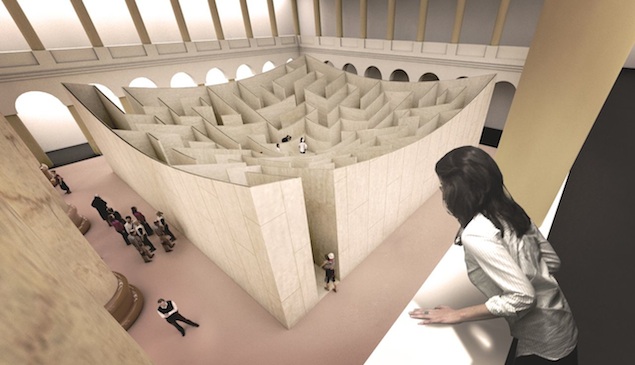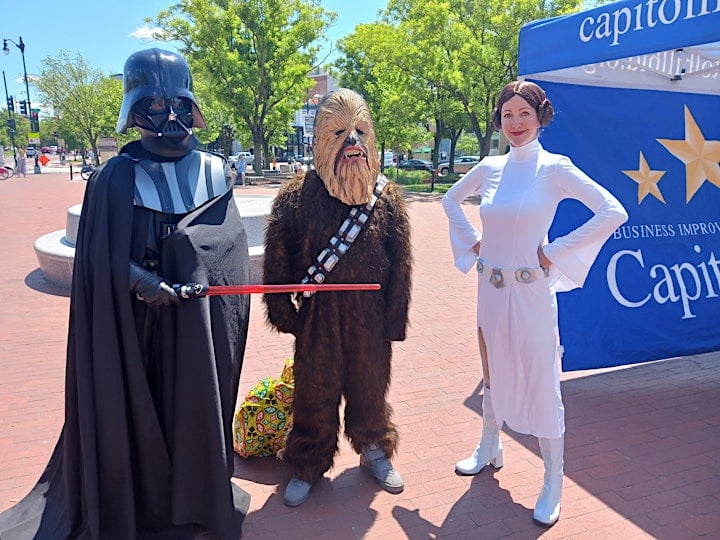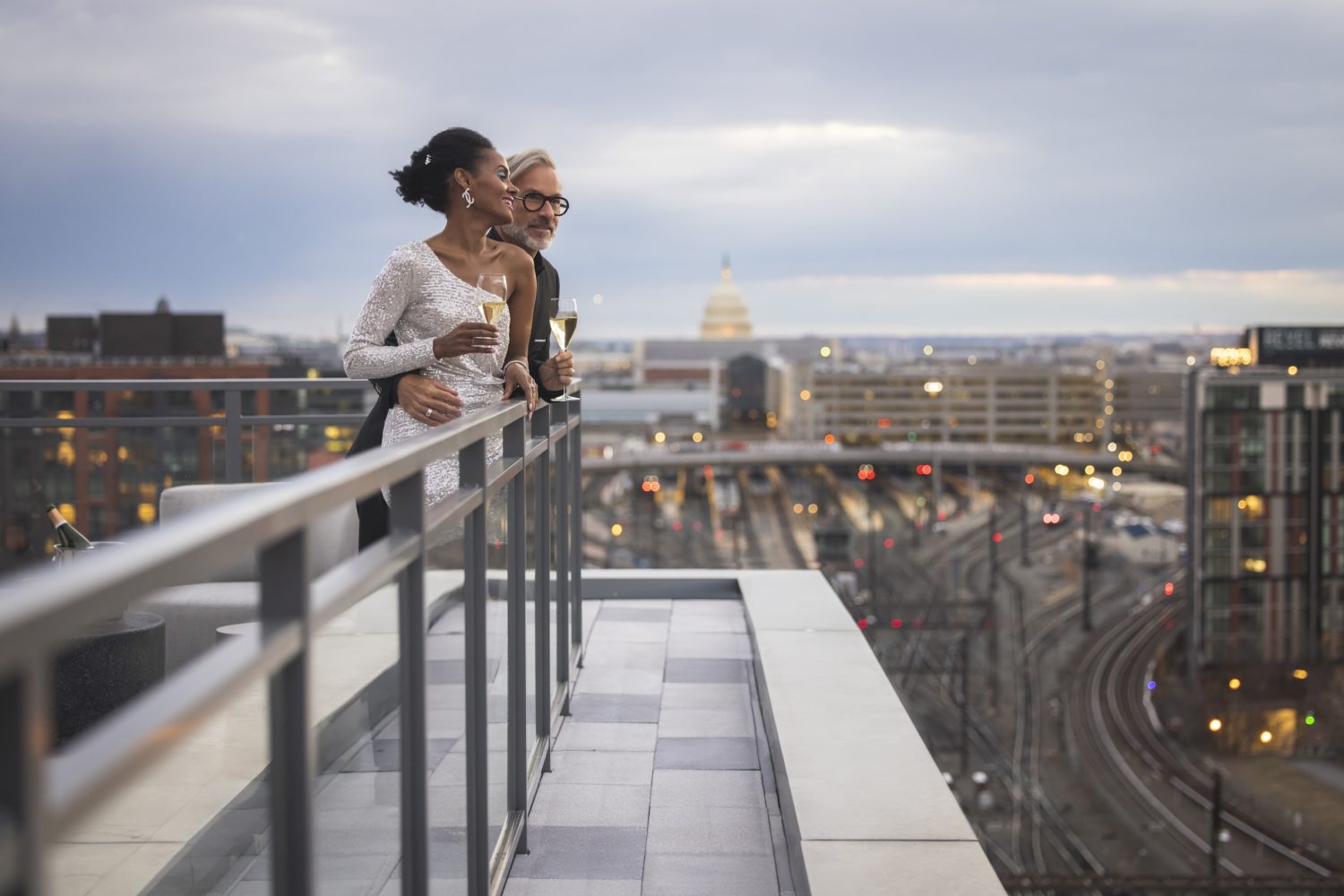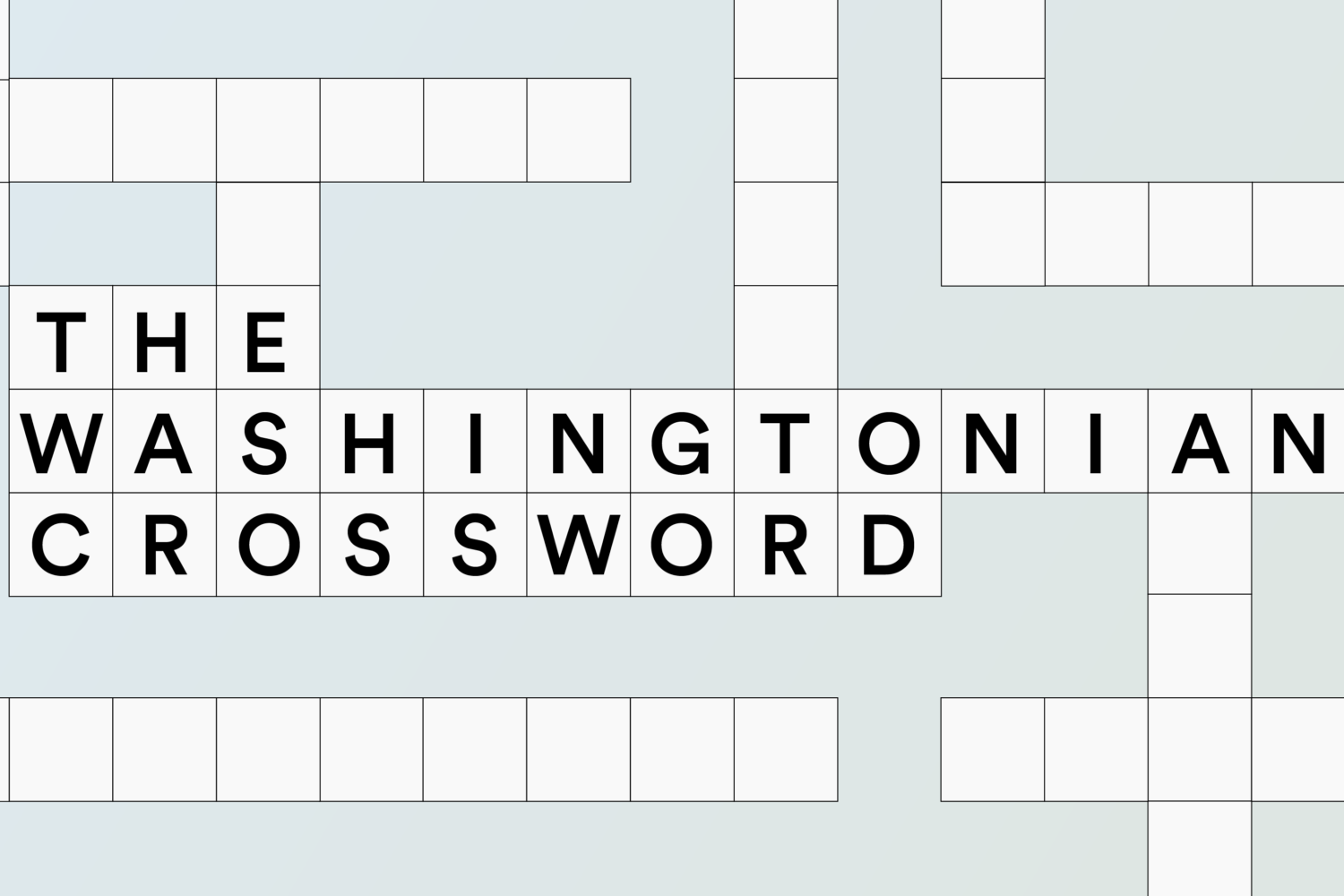Usually, the Fourth of July means navigating a maze of holiday weekend traffic. But this year, the National Building Museum would rather you navigate an actual maze. Its newest exhibit, the BIG Maze, opens July 4, and taking a wrong turn in it will probably be more fun than taking a wrong turn off the Bay Bridge and getting lost in the cornfields of the Delmarva Peninsula.
Located in the museum’s Great Hall, the maze is huge, measuring about 60 square feet with 18-foot-high walls. Yet it’s not your typical maze. As you make your way toward the center, the walls slope downward, getting lower and providing a clearer vision of the correct path. It’s a zen-like structure that has a lot of similarities to Washington’s many famous labyrinths.
The maze was designed by the Bjarke Ingels Group, a Danish firm; its architect, Bjarke Ingels, says the project was an attempt to bring a traditionally two-dimensional form into the third-dimension. In fact, the original concept involved using a net to suspend a cubed maze from the ceiling, but thankfully they ended up with something a little less terrifying.
The maze is very kid-friendly (despite the fact that this grown-up reporter got completely lost several times). You can make your way to the center relatively quickly if you hustle, but it’s much more satisfying to wander down each path, watching how the form of the corners blend together, creating optical illusions that make you think you’ve found a way through, only to be tricked into a dead end.
“Architecture suffers from being seen as either elitist or boring,” says Ingels—but it’s all around us every day. The maze is an effort to get kids interested in how these structures affect our lives. “Architecture is too important to leave to the architects.”
When you’re in the heart of the maze, it feels like you’re at the bottom of a cereal bowl, or the center of a stadium. Suddenly you can see the outline of the path you took to get there, and all the twists and turns that led you astray.
Ingels quoted a fellow Dane, the philosopher Soren Kierkegaard, to explain the view: “Life can only be understood backward, but it must be lived forward.”
Tip: After you go through the maze, head up to the museum’s third-floor balcony for a great aerial view—and laugh at everyone as you watch them hit each dead end.
The BIG Maze will run through September 1. Admission costs $16 for adults and $13 for kids ages 3 to 17, which includes access to all the museum’s other exhibits. Tickets are only available at the museum.



















